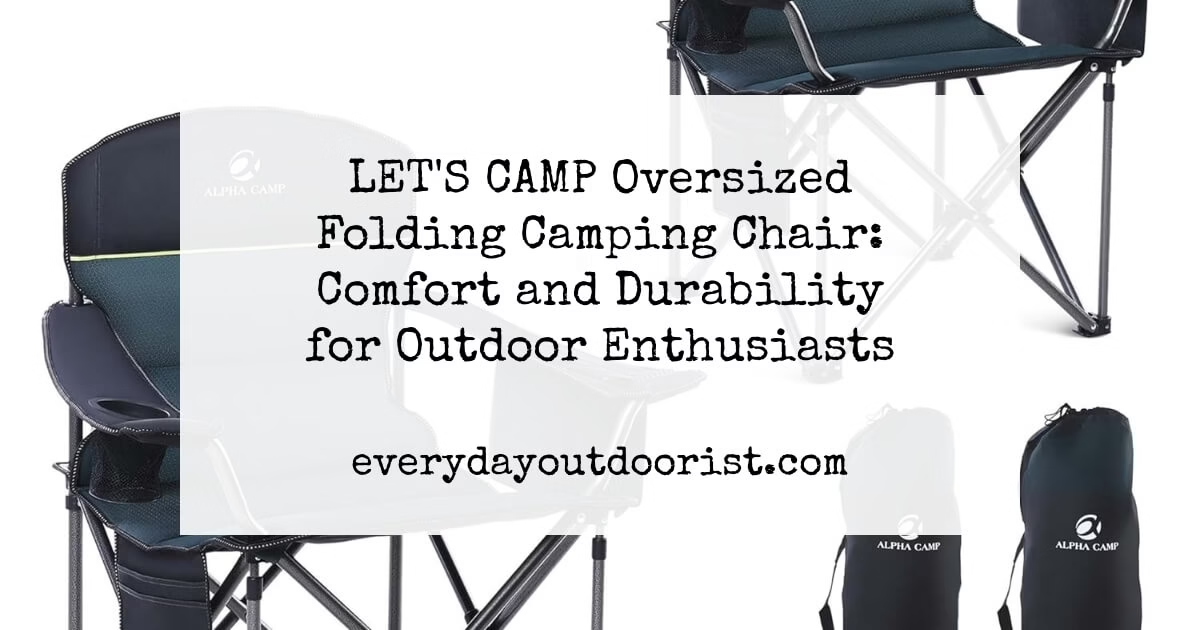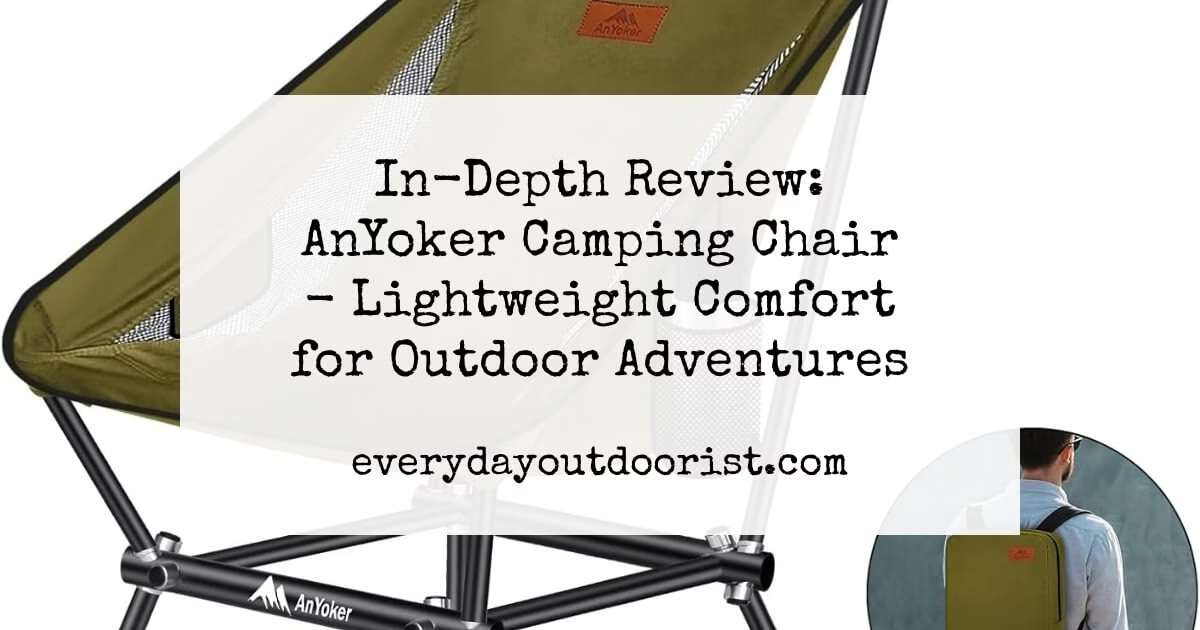Featherstone Backbone Ultralight Tent Review
As an avid backpacker who’s spent countless nights under the stars, I recently had the opportunity to put the Featherstone Backbone Ultralight Tent through its paces during a three-month hiking season. Here’s my honest take on this increasingly popular ultralight shelter.
The First Impression
When I first unboxed the Backbone, I was immediately impressed by how compact and lightweight it was. At just 2 lbs 11.5 oz, it’s significantly lighter than my previous traditional tent setup. The silnylon material felt premium to the touch, though admittedly thinner than what you might be used to with conventional tents.
Real-World Performance
I’ve used this ultralight backpacking tent in various conditions, from mild summer nights to unexpected mountain storms. The setup, while requiring a learning curve, becomes second nature after a few practices. Pro tip: I found that using 8 stakes rather than the minimum 6 provides much better stability in windy conditions.
What Shines
The dual-door design is a game-changer for two-person use. During a week-long trip in the Cascades, my hiking partner and I appreciated being able to enter and exit without climbing over each other. The vestibules provided ample space for our boots and backpacks, keeping the interior clean and dry.
The ventilation system deserves special mention. While condensation is inevitable in any single-wall tent, the peak vents and mesh panels did a remarkable job managing moisture during cool nights. I was particularly impressed during a foggy weekend in the Olympics when other hikers reported significant condensation issues.
Room for Improvement
It’s not all perfect, though. The tapered design, while great for weight savings, means two wide sleeping pads might be a tight fit. During a trip with my brother (both of us being broad-shouldered), we found ourselves playing tetris with our sleeping arrangements.
The biggest challenge I encountered was condensation during humid conditions. While manageable, you’ll want to be strategic about site selection and ventilation management. I learned to always carry a small camping towel for morning wipe-downs.
Value Proposition
At its price point, the Backbone offers exceptional value. You’re getting features commonly found in tents costing hundreds more—like dual doors, quality materials, and thoughtful design elements. For budget-conscious backpackers looking to go ultralight, this is a compelling option. Check Price on Amazon.
Personal Experience Highlight
One memorable experience was during an unexpected thunderstorm in the Cascades. While other campers scrambled with their setups, I had the Backbone pitched in under 5 minutes. The tent held strong through hours of heavy rain and wind, keeping me completely dry. This really sold me on its weather worthiness. See Details.
Conclusion
After months of use, the Featherstone Backbone has earned its place as my go-to shelter for most backpacking trips. While it has its quirks—as all ultralight gear does—the combination of weight, features, and price point makes it a standout choice for serious backpackers who don’t want to break the bank. View Latest Price.
Is it perfect? No. But it’s an impressive piece of gear that punches well above its weight class. For solo hikers or cozy couples who prioritize weight savings and don’t mind the occasional condensation management, the Backbone is a solid investment that will serve you well on the trail.
Rating: 4.5/5 stars
This review combines technical details with personal experience, providing both practical insights and honest feedback about the product’s strengths and limitations. Ready to invest in this ultralight tent? Shop Now or Buy on Amazon.





Leave a Reply